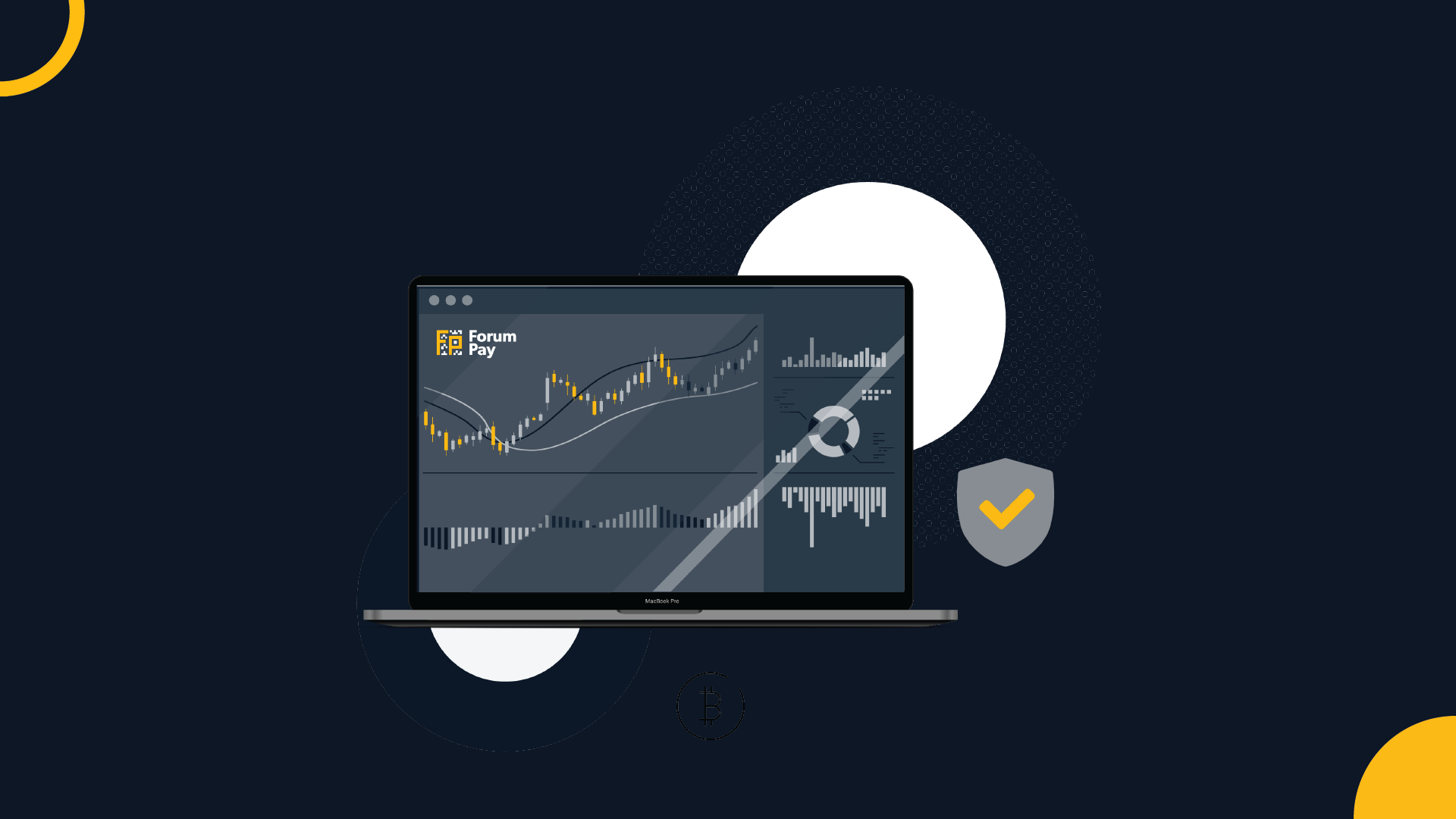When it comes to forecasting the success of any market, it boils down to observing the ultimate judge: its consumers. The crypto realm got a lot of heat in 2022, with the global economy on the frontlines and the collapse of FTX scarring the overall market. Despite being around for a while, crypto operations are in their infancy and are subject to error and correction. If 2022 proved anything, more people are invested in and rely on the crypto space, with these occurrences putting pressure on key players to comply with regulations and apply seriousness to their operations. However, crypto spending is not expected to go anywhere – it promises to increase.
The Global Economic Impact on Crypto
The global economy took some hits in 2022, with governments and central banks attempting to fight inflation, the conflict in Ukraine, supply chain disruptions, pandemic aftermath effects, and much more. These factors have resulted in a surge in inflation and a significant drop in GDP growth worldwide.
Consequently, the crypto market was impacted by the shifts in the global economy along with the collapse of UST and the FTX scandal. All these factors resulted in the bear of all bear markets marking it the “Crypto Winter.” However, crypto market fluctuations are natural and recuperable].
Although the crypto market faced memorable challenges, some interesting and positive factors surfaced. Crypto adoption increased steadily throughout the year, with the number of owners surpassing 400 million by the end of 2022. There have also been some promising developments, like the confident evolution to Web3, blockchain gameplay technology progress, and the rise of SBTs. 2023 is expected to reveal more focus on security and education in light of the negative impact of events in 2022.
The Future of Crypto: Moving From Cash and Card to Crypto
With banks representing the majority of the global GDP, the shift toward CBDCs is becoming more popular, and the next step in the evolution of money is incoming. As crypto payments normalize, banks and governments are accelerating toward digital currencies, slowly replacing cash and even card payments as they improve efficiency and accessibility
A CBDC is a digital liability of a central bank that is widely available for the general public to make digital payments. It’s been estimated that 80% of central banks worldwide are exploring using a CBDC. CBDCs can be distributed to anyone with internet access through a mobile device; they could significantly increase financial inclusion, stimulate economies, and regulate the money supply.
CBDCs run on the same underlying technology that drives crypto and can be used for every day and cross-border payments with less resistance and cost than traditional solutions. Blockchain technology, which supports cryptocurrencies, is an impenetrable and perfectly calculated digital financial ledger allowing digital transactions to perform more efficiently than any other solution making it ideal for payments. Because governments and banks are looking to digitalize fiat currencies, implementing digital currency payment processors is proactively on the rise, consequentially allowing people to make purchases with their digital assets, such as cryptocurrencies.
While centralized entities move toward digital currencies, it’s predicted that decentralized digital currencies like Bitcoin and Ethereum will continue to succeed as investment opportunities for their transparency and independence. With cash digitalizing and crypto hanging tight, the future of payments seems to head toward blockchain solutions which only begs us to expect a further increase in crypto spending.
To learn more about cryptocurrencies and how to start accepting crypto payments, visit www.forumpay.com today!



